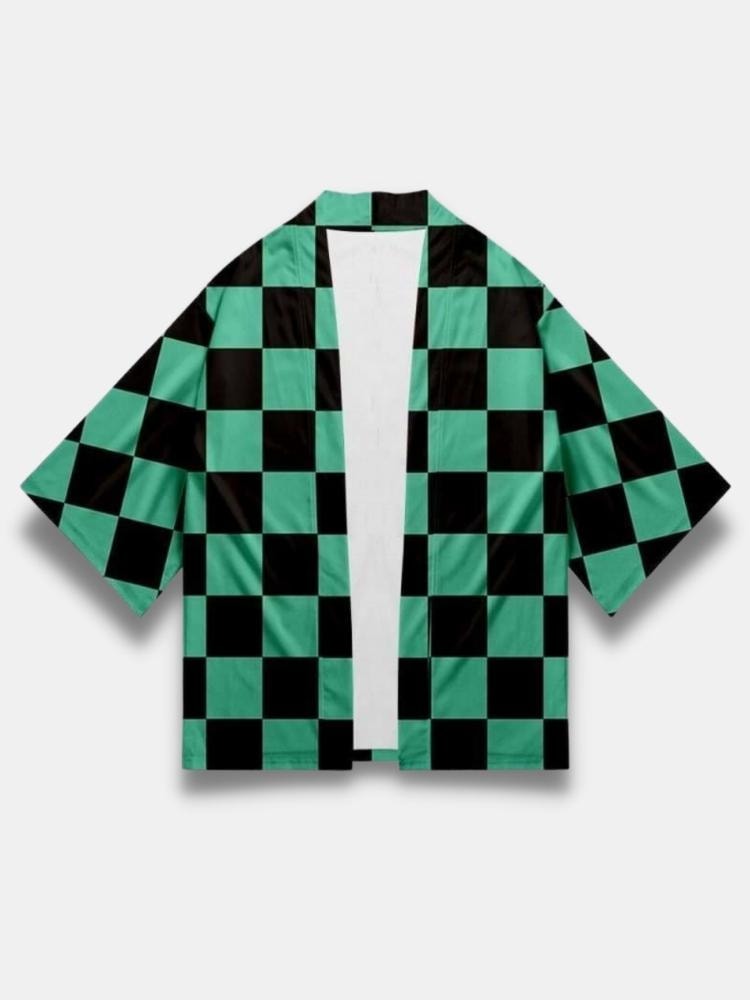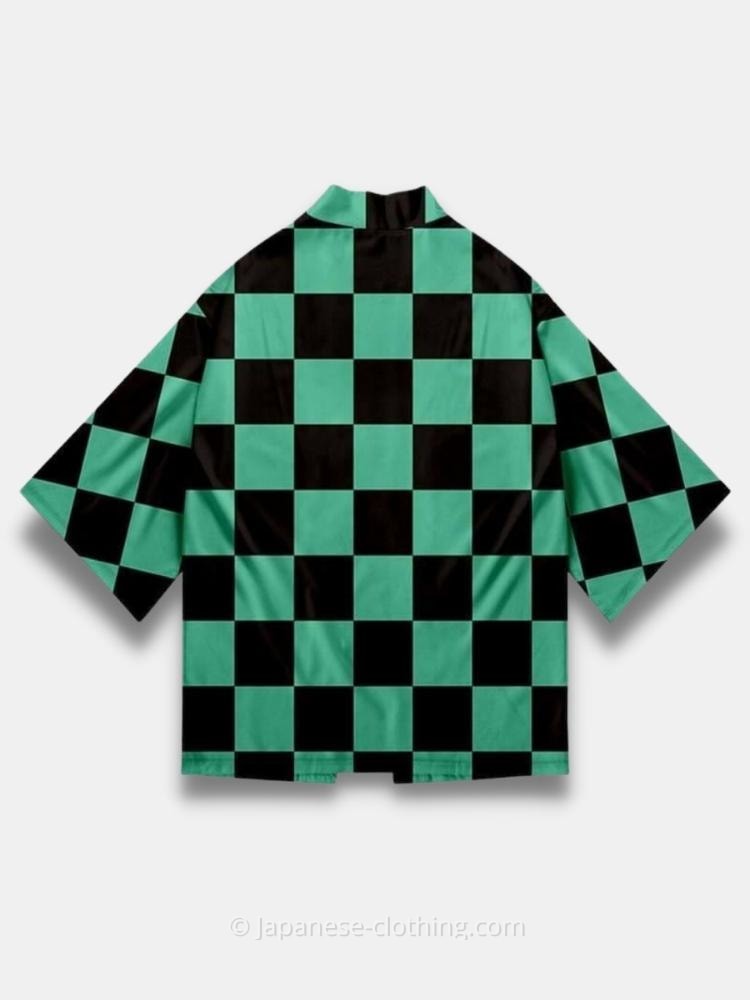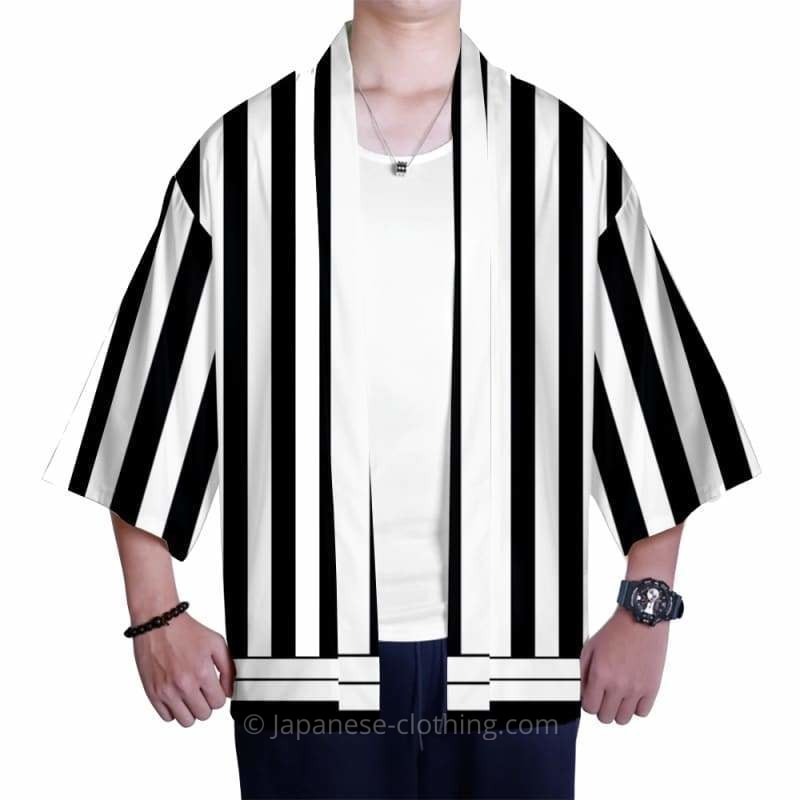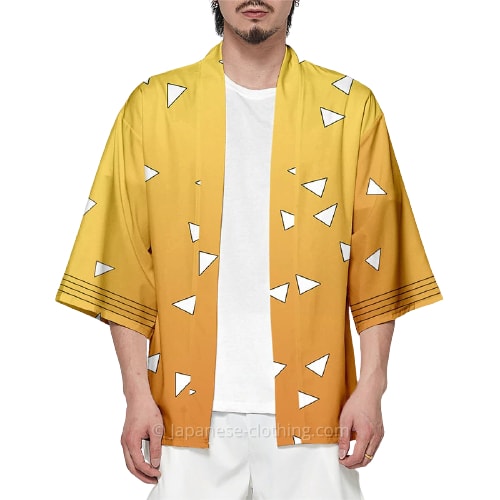Haori
Showing 1–12 of 176 resultsSorted by popularity
-
Select options This product has multiple variants. The options may be chosen on the product page
Tanjiro Haori
Original price was: $58.99.$39.99Current price is: $39.99. -
Select options This product has multiple variants. The options may be chosen on the product page
Giyuu Haori
Original price was: $58.99.$39.99Current price is: $39.99. -
Select options This product has multiple variants. The options may be chosen on the product page
Kisuke Urahara Kimono
Original price was: $59.99.$39.99Current price is: $39.99. -
Select options This product has multiple variants. The options may be chosen on the product page
Sabito Haori
Original price was: $58.99.$39.99Current price is: $39.99. -
Select options This product has multiple variants. The options may be chosen on the product page
Nezuko Haori
Original price was: $58.99.$39.99Current price is: $39.99. -
Select options This product has multiple variants. The options may be chosen on the product page
Iguro Haori
Original price was: $58.99.$39.99Current price is: $39.99. -
Select options This product has multiple variants. The options may be chosen on the product page
Dragon Haori
Original price was: $58.99.$36.95Current price is: $36.95. -
Select options This product has multiple variants. The options may be chosen on the product page
Demon Slayer Haori
Original price was: $58.99.$39.99Current price is: $39.99. -
Select options This product has multiple variants. The options may be chosen on the product page
Wavy Pattern Kimono
Original price was: $59.99.$39.99Current price is: $39.99. -
Select options This product has multiple variants. The options may be chosen on the product page
Zenitsu Haori
Original price was: $58.99.$39.99Current price is: $39.99. -
Select options This product has multiple variants. The options may be chosen on the product page
Tiger and Dragon Kimono
Original price was: $59.99.$39.99Current price is: $39.99. -
Select options This product has multiple variants. The options may be chosen on the product page
Sakura Blossom Kimono
Original price was: $59.99.$39.99Current price is: $39.99.
Showing 1–12 of 176 resultsSorted by popularity
What is a Haori Jacket?
The term Haori (羽織) derives from the word haoru (羽織る, lit. to put on) and refers to a hip- or thigh-length Kimono Jacket and formal overcoat, typically made of cotton or silk, and that both Japanese men and women wear over their Japanese Kimono. The Japanese Haori originates from the Sengoku period (16th century) when only noblemen, samurai and other Japanese warriors were allowed to wear it over their battle armor to protect them against the cold weather. Nowadays, Haori have become a unisex garment and can be worn by both men and women.
History
Haori’s history dates back to the 16th century during the Sengoku period when it was the traditional overcoat worn only by nobles and Japanese warriors. At this point, only men had the right to wear a Haori and only Haori of plain color such as black, blue or gray.
Later on, this type of short kimono top became very popular among Geisha who started to wear a colorful type of Haori over their kimono when they went outside to attempt parties and gatherings.
In the 18th century, during the Taisho period (1912-1926), women started to be allowed to attempt social events such as kabuki shows, tea ceremonies, reunions, and other types of social gatherings. Thus, the Haori, that had been a strict male formal wear at this point, started to be worn by the other gender to a point it became a popular “going out wear” for both men and women.
Anatomy of the Haori
The Haori looks like a shortened kimono top with a long torso section and long, rectangular sleeves, attached with a straight seam. But unlike the kimono, the Haori features a narrower collar and torso with no overlapping front panels. This means that is made to be much simpler to wear than a traditional Japanese kimono as it isn’t meant to be closed, and, thus, doesn’t require any decorative belts.
Traditionally, the Haori used to be produced using only a single piece of fabric. However, modern Haori jackets now featured shorter sleeve length and body that can be closed at the front with a simple knot.
Material
Much like the kimono, traditional Haori used to be only made of Japanese silk, a very delicate fabric much also very fragile. But today, you can find Haori made of lots of different fabrics such as:
- Cotton
- Linen
- Wool
- Polyester
- Lace
- Gauze
- Rayon
Haori Designs
For the Haori designs, Men’s Haori usually stay pretty simple with plain colors such as black or navy. In fact, in the Edo period, sobriety and humility was an important concept in Japanese culture as it was considered very disrespectful to show any kind of ostentatious display of wealth. Thus, rich noblemen who wanted to wear special designs on their Haori had to hide them inside the back panel of the garment.
Women’s Haori, on the other hand, are different. As the concept of female Haori arrived later on thanks to Geisha, women were allowed to wear a more variety of Haori styles and designs with colorful patterns and Japanese designs such as flowers, animals and other Japanese symbols.
Vintage vs Modern Haori
As you may think, buying vintage Haori is pretty expensive as they required a skilled tailor with lots of years of experience. Moreover, traditional vintage Haori are almost always order-made in expensive silk and customized with hand-painted designs directly on the silk, this explains why their price can go up to a few thousands of dollars for each piece.
Modern Haori jackets on the other hand are more affordable as they are all about comfort. They are made of cheaper fabrics such as cotton, satin silk or linen can also be found in a variety of lengths and colors
How to wear a Haori?
To wear a Haori jacket with a traditional Japanese Kimono, first put on your kimono and then simply put the Haori over it as an overcoat. Traditionally, the Haori is meant to be worn open and unbelted over a kimono. However, it can also be worn closed like a cardigan with the help of a Haori-himo, a long cord that ties around the waist.
When to wear a Haori?
Haori can be worn almost anytime as they can both fit as a traditional overcoat to wear over a kimono for ceremonies as simply as a jacket for a daily outfit. Unlike the kimono, Haori are not considered as a formal garment anymore and are much easier to adapt into a western wardrobe as light jacket or cardigan.
How to fold a Haori?
To fold a Haori properly, follow these steps:
- Remove the tie (when possible)
- Lay the Haori flat on the floor, with the front center facing up
- Fold the Haori inward at the center, matching the left and right shoulders, and the seams of the sleeves.
- Fold back the left sleeve, so it overlaps the Haori body.
- Fold up the bottom hem of the Haori.
- Fold the right sleeve under the Haori body.
For older silk Haori, it is recommended to keep them away from mold and light. Moreover, you can also use mite traps to prevent insect to attack your precious garment.
How to clean a Haori?
Wash a non-silk Haori
To wash Haori that isn’t made of silk but in natural materials such as cotton and wool, or synthetic fibers such as polyester is pretty simple as it can be directly put into the washing machine. Just place your Haori inside a laundry net, and set up the temperature at 30°C maximum.
Wash a silk Haori
To wash a silk Haori is a bit more tricky. Indeed, it is not recommended for Haori made of pure silk at home as you could damage the embroidery, tie-dye, or other embellishments if you don’t know how to do it.
For cleaning, reach out to your local cleaning services companies that are more qualified to handle this type of task.



























